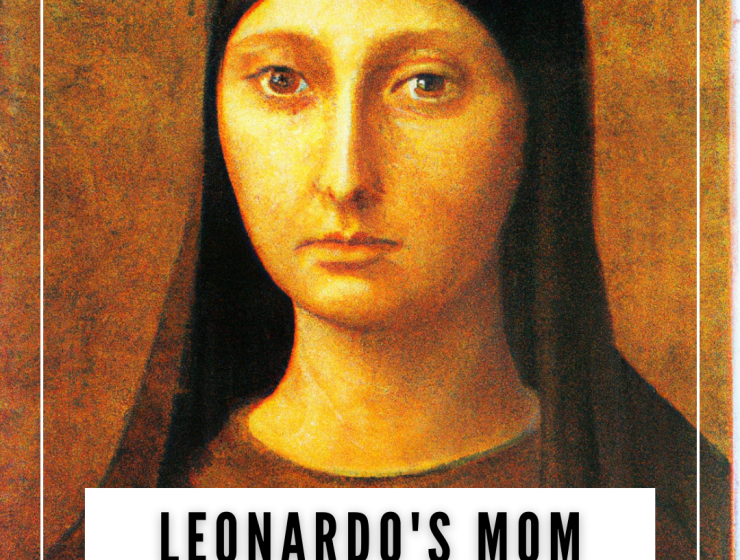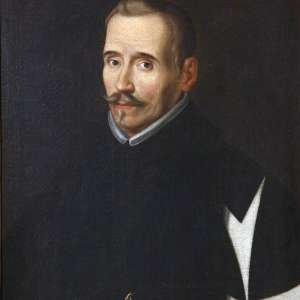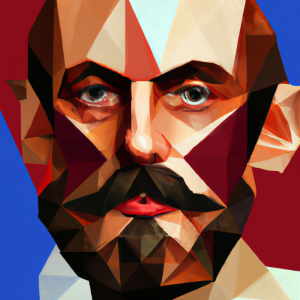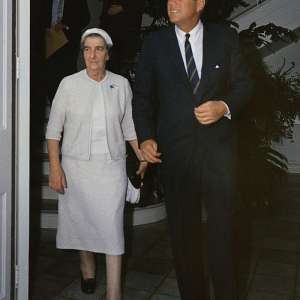
It seems as if Leonardo Da Vinci was only half of Italian descent.
As a passionate art enthusiast, I am thrilled to share my insights on the latest revelation about Leonardo da Vinci's mother. The recent release of Carlo Vecce's novel "Il Sorriso di Caterina" has sparked a fresh wave of interest in the life and legacy of the Italian Renaissance artist. Based on newly discovered historical evidence, the book challenges long-held beliefs about the identity of da Vinci's mother, suggesting that she was a slave from the Caucasus area of Central Asia.
Vecce's theory is based on a legal document from the autumn of 1452, which records the emancipation of a Circassian woman named Caterina. Vecce, a historian and professor at the University of Naples, argues that da Vinci's father, Piero da Vinci, wrote the document and that Caterina was the mother of the artist. While this theory is controversial, it is supported by other evidence that supports a connection between Caterina and Piero da Vinci.

If Vecce's theory is correct, it would upend earlier assumptions about the identity of da Vinci's mother. For many years, scholars believed that she was either an orphan or a Tuscan peasant named Caterina di Meo Lippi. The new evidence presented in "Il Sorriso di Caterina" challenges these beliefs and suggests that da Vinci was of mixed Italian and Circassian heritage.
While some experts are skeptical of Vecce's theory, his research and insights have added an important new perspective to our understanding of da Vinci's life and family history. Martin Kemp, a former professor at the University of Oxford who supported the "Caterina di Meo Lippi" theory, acknowledges Vecce's scholarly contributions but maintains his belief that da Vinci's mother was a rural woman who later became a farmer's wife.

Regardless of the ongoing debates, it is clear that Leonardo da Vinci was a gifted artist whose innovative techniques and visionary ideas continue to inspire and influence people around the world. However, his birth outside of wedlock was a turning point in his life, allowing him to pursue his artistic talents without the social constraints of his time. As Walter Isaacson wrote in his biography of da Vinci, "Otherwise, he would have been expected to become a notary, like the firstborn legitimate sons in his family stretching back at least five generations."
In addition to its historical significance, the possibility that da Vinci's mother was of Circassian heritage is a reminder of the complex and interconnected nature of human history. The Caucasus region of Central Asia has a rich cultural heritage and a history of interactions with various civilizations and empires, as well as a legacy of conflict and displacement. Acknowledging the possibility of da Vinci's Circassian heritage serves as a reminder of the diverse origins and experiences that shape our global history and identity.

In conclusion, the recent discovery regarding Leonardo da Vinci's mother provides a new perspective on the artist's life and background. While Vecce's theory is still the subject of debate, it underscores the ongoing efforts to uncover new insights into the past and challenge established beliefs. Regardless of his mother's identity, da Vinci's artistic legacy remains a testament to human creativity and innovation that continues to inspire and influence generations.
Check Leonardo's Biography here










































